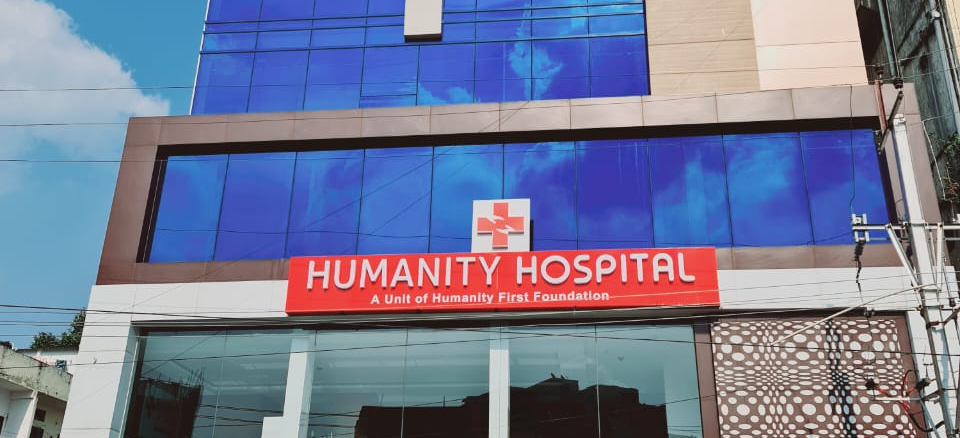Introduction
Access to affordable healthcare is a fundamental right for all individuals, regardless of where they live. However, the reality is that healthcare affordability and accessibility often differ significantly between urban and rural areas. In this blog, we will delve into the disparities in healthcare costs, services, and access in urban and rural regions, highlighting the challenges and potential solutions to bridge the gap.
The Urban Healthcare Landscape
*Urban areas typically offer a range of healthcare facilities, including hospitals, clinics, and specialized centers. These areas benefit from infrastructure, technology, and a higher concentration of healthcare professionals.
*However, urban healthcare often comes at a premium cost. Expenses related to rent, staff salaries, and overheads in urban medical facilities can result in higher healthcare bills for patients.
The Rural Healthcare Landscape
*Rural areas face unique challenges when it comes to healthcare. There is often a shortage of healthcare facilities, and residents may need to travel long distances to access medical care.
*Limited resources and healthcare personnel in rural regions can impact the quality and scope of services available.
Disparities in Healthcare Costs
*Urban areas may offer more choices in terms of healthcare providers, but these choices can also lead to varying costs. Private hospitals in urban centers can be expensive, while public healthcare facilities may have long waiting times.
*Rural areas may have limited healthcare options, which can affect competition and drive up costs for services that are available.
Access to Healthcare
*In urban areas, access to healthcare is generally more convenient due to the proximity of facilities. However, affordability can be a barrier for lower-income individuals.
*In rural areas, access is a significant challenge. Long travel times and limited transportation options can deter residents from seeking timely medical care.
Bridging the Gap
- Telemedicine: Expanding telemedicine services can bring healthcare expertise to rural areas, reducing the need for extensive travel.
- Mobile Clinics: Deploying mobile healthcare units to rural communities can provide essential medical services and health education.
- Health Insurance: Promoting affordable health insurance options tailored to rural populations can improve access and reduce financial burdens.
- Government Initiatives: Governments can invest in healthcare infrastructure in rural regions, incentivize healthcare providers to practice in underserved areas, and offer subsidies for healthcare expenses.
Conclusion
Affordable healthcare should be accessible to all, regardless of where individuals live. While urban and rural areas have distinct challenges, efforts to bridge the healthcare affordability and accessibility gap are essential. By implementing a combination of telemedicine, mobile clinics, insurance options, and government support, we can work towards ensuring that healthcare is not a privilege confined to urban areas but a universal right accessible to all, regardless of their geographical location.

